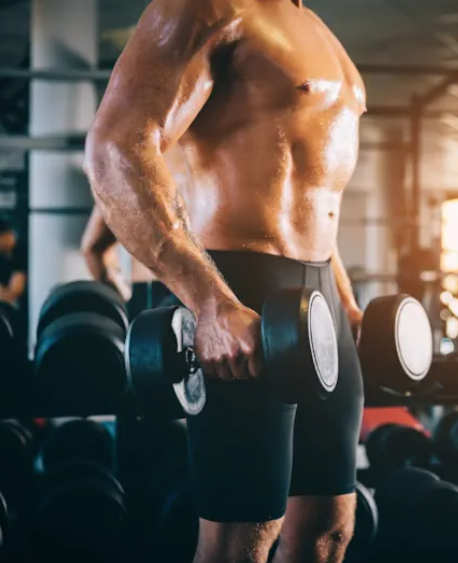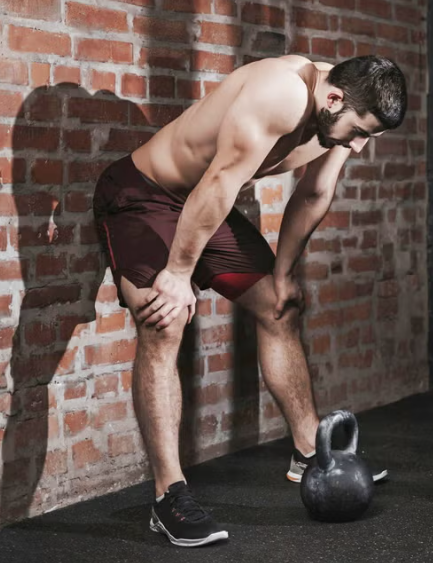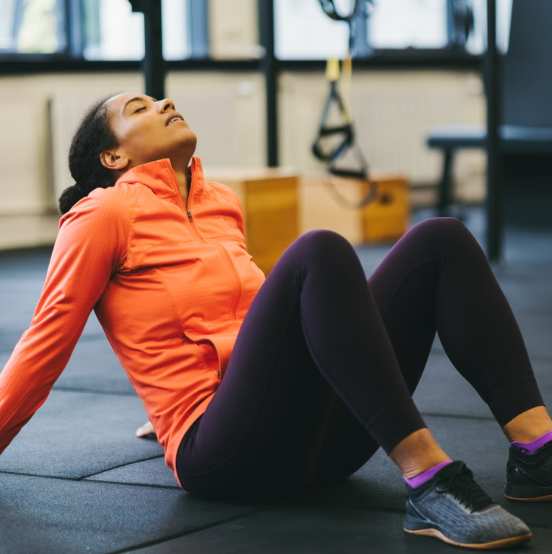
What I’ve Learned About Powerlifting Programming from Sheiko
When people find out that I’ve been working with Sheiko for a while, I usually hear two reactions. One person says, “I tried that and it didn’t work for me,” while another says, “I followed a Sheiko program for eight weeks and got a lot stronger.”
The truth is, the Sheiko programs you find online are often tailored for specific individuals, with exercises, volumes, and intensities chosen to address their unique weaknesses. What works for one person might not work for someone else, especially if the volume is too much or the intensity too high for perfecting technique.
A common mistake I see is that people will add pounds to their maxes when using Sheiko’s programs. It’s important to remember that the maxes used in the program should reflect your best lifts, not arbitrary numbers. At one point, Sheiko actually lowered my training max for squats to work below the point where I typically experienced technical failures.
The main takeaway here is that technique is the priority. You can push yourself with heavy weights, but if your technique isn’t sound, you’re not training the right movement patterns to succeed with heavy loads. Every rep, from 50% to 100% of your 1RM, should look the same. If your technique is sloppy with lighter weights, you’re not preparing for heavy lifting properly.
In my program during a prep cycle, I focus on about 20% competition lifts, 60% competition lift variations, and 20% general physical preparedness (GPP). As the competition approaches, the volume of competition lifts gradually increases and becomes the primary focus during the taper phase, roughly 17-22 days out from the meet.
The competition lifts include the squat, bench press (with a pause on the chest), and deadlift. To address technical weaknesses, I incorporate many variations of these lifts, such as pauses at different positions in the squat and deadlift. These variations help me improve technique where I tend to fail under heavier weights.
The GPP work is highly specific to powerlifting and focuses on exercises for the pecs, triceps, front delts, abs, and lower back. Reps typically range from 6 to 10, with 4 to 5 sets. Occasionally, work for the medial delts, biceps, and lats is included, though these muscle groups aren’t prioritized because they don’t directly impact the performance of the big three lifts for a raw powerlifter.
You might wonder, “Don’t the lats play a significant role in powerlifting?” Yes, particularly in the deadlift, where the lats help reduce the moment arm by bringing the hips closer to the bar and pulling it toward the lifter’s center of gravity. This reduces the strain on the lumbar and hips. The lats are connected to the glutes through the thoracolumbar fascia, and by engaging the lats during the deadlift, you can better activate the glutes for more efficient lifting.
That said, adding extra lat work like pull-ups or pulldowns isn’t always the best approach. These exercises work the lats in a different manner than when you deadlift, so they don’t directly improve deadlift performance. In my training, I focus on deadlift variations such as deadlifting from the knees, pausing at the knees, and using bands. These variations allow me to engage the lats appropriately under the same load and movement pattern, enhancing both technique and muscle development.
When it comes to the bench press, the lats play a less significant role for raw lifters. The focus should be on strengthening the pecs, triceps, and front delts, as these are the muscles that actually drive the press. While the lats can help stabilize the descent, they aren’t the primary movers, and focusing too much on them can take attention away from the muscles that truly power the lift.
In my training, the emphasis is always on exercises that directly relate to improving the sport of powerlifting. I haven’t done any general GPP work like sled pushes or prowler drags since starting powerlifting because I’ve found that focusing on specific, sport-related exercises yields the best results.
I train four days a week and perform over 200 competition lifts or their variations every week. This volume is necessary to build muscle mass and develop the nervous system to handle heavier weights. My schedule typically involves benching 3-4 times per week and squatting and deadlifting twice a week. Some days I have double sessions, where I might start with squats, followed by bench, and then return to squats.
One session for each lift is typically lighter and technique-focused, while the other is heavier and strength-focused. Managing fatigue with this level of volume is crucial. For instance, I use the Slingshot for heavy bench work and pull from blocks for deadlifts to better handle the load. Occasionally, I squat at around 80%, rarely going above that, to avoid burnout.
Bar weight isn’t the only way to increase intensity. By using accommodating resistance such as bands and chains, I can adjust the intensity without excessively loading my joints. These tools help make the difficult parts of a lift lighter, while adding more resistance during the easier parts. This method helps my nervous system adapt to heavier loads while reducing stress on the body, making recovery easier.
For example, I might perform squats with a pause at the bottom or use chains to add resistance. When I return to squats with 80% after some pause work, that weight feels heavier than it would otherwise. This strategy allows me to increase intensity without increasing bar weight, effectively developing the qualities I need to succeed in powerlifting while minimizing the risk of overtraining.
Working with Sheiko over the past year has been an incredible learning experience. It has reinforced the importance of technique, volume, and recovery in building strength. You can’t just add more weight and expect better results—success in powerlifting requires a well-structured approach that prioritizes specific exercises, gradual increases in intensity, and proper recovery. I still have much to learn, but the time spent training under Sheiko’s guidance has been invaluable in shaping my approach to strength training.




